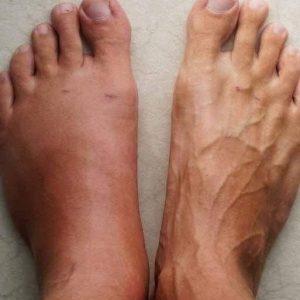Urticaria, or hives, is a common skin condition marked by red, itchy welts that can appear in clusters on the face, arms, legs, and trunk. Though usually harmless and short-lived, these welts can “reoccur and have a serious negative impact on the health and well-being of those who experience them.” They are caused by the release of histamine from mast cells, which leads to fluid leaking from capillaries and forming swollen patches.
Key symptoms include:
* **Hives**: Raised lesions, red-edged and pale in the center.
* **Pruritus**: Mild to severe itching.
* **Evanescent Character**: Welts disappear in under 24 hours.
* **Angioedema**: Swelling of deeper skin layers, especially on the lips, eyelids, or throat, which can become a medical emergency.
Types of urticaria:
* **Acute** (lasting less than 6 weeks, often with a known cause).
* **Chronic** (over 6 weeks, often idiopathic or autoimmune).
* **Physical** (triggered by cold, pressure, heat, sun, or scratching).
Common causes include food allergies, medications, infections, physical stimuli, or emotional stress. Diagnosis is based on symptoms and history. Treatment focuses on symptom relief using **antihistamines**, short-term **corticosteroids**, and **avoiding known triggers**.




